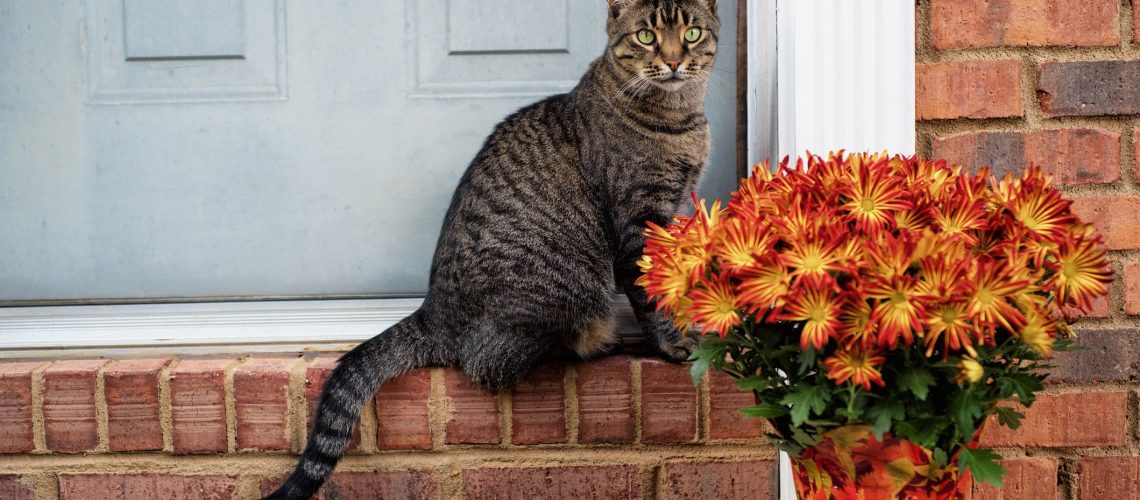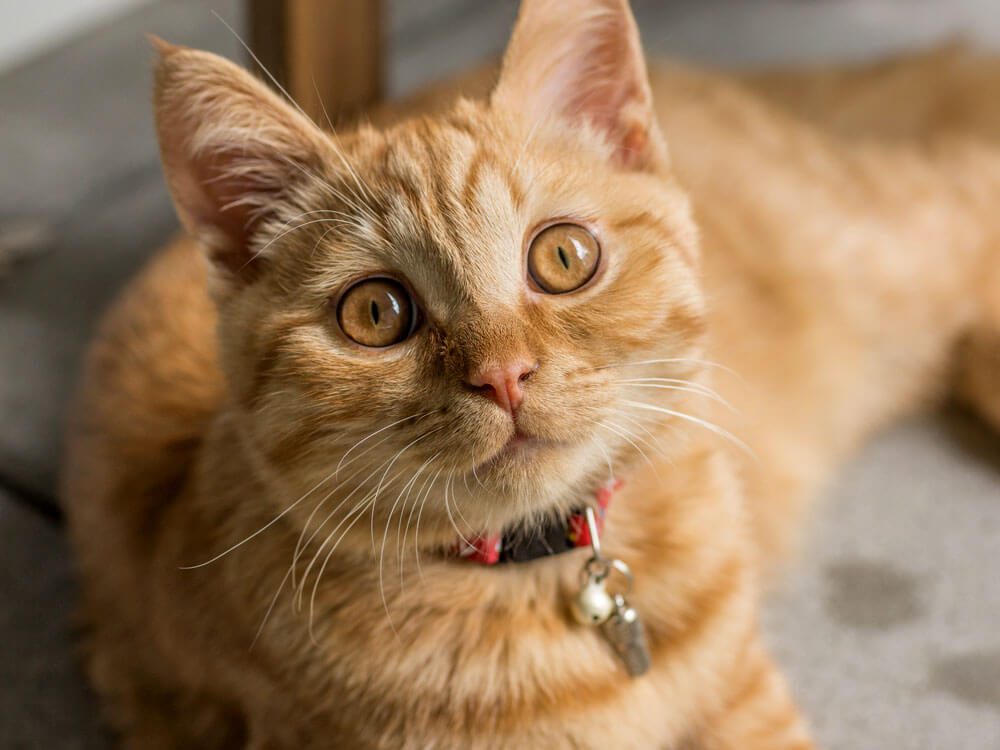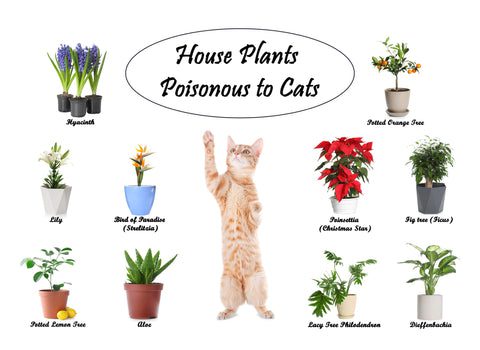Key Takeaways:
- Certain plants commonly found in households can be toxic to cats, posing a potential danger to their health.
- Mums, also known as chrysanthemums, are one of the plants that can be toxic to cats if ingested.
- Common symptoms of toxicity in cats after ingesting mums include vomiting, diarrhea, drooling, and loss of appetite.
- If you suspect your cat has ingested any part of a mum plant, it is important to seek veterinary care immediately.
- To prevent accidents, keep mums and other potentially toxic plants out of reach from cats or consider opting for pet-friendly alternatives.
Are you a fan of both mums and cats? Well, get ready to uncover a shocking truth that will make you think twice about having these two together! In this eye-opening exploration, we will delve into the hidden dangers lurking in the seemingly harmless combination of mums and cats. Brace yourself for a journey that will reveal the surprising risks involved and shed light on why understanding this topic is crucial. Whether you're a concerned pet owner or simply curious about feline behavior, this captivating discussion will leave you with a fresh perspective and newfound knowledge. Get ready to be amazed by the toxic mix of mums and cats that has been silently affecting households everywhere.
The Dangers of Mums and Cats: What You Need to Know
Introduction
Cats are curious creatures that love to explore their surroundings, but sometimes their curiosity can lead them into dangerous situations. As a cat owner, it's important to be aware of potential hazards in your home, including certain plants that can be toxic to cats. One such plant is the mum, also known as chrysanthemum.
In this article, I will discuss the dangers of mums for cats and provide you with valuable information on how to keep your furry friend safe. By understanding the risks associated with mum toxicity, you can take proactive measures to prevent any harm to your beloved feline companion.
Why Knowing about Mum Toxicity is Important for Cat Owners
As a responsible cat owner, it is crucial to be knowledgeable about plants that can pose a threat to your pet's health. Mums are commonly found in households and gardens due to their vibrant flowers and attractive appearance. However, many cat owners are unaware that these beautiful plants can be toxic if ingested by their feline friends.
Mum toxicity can result in various health issues for cats, ranging from mild symptoms like gastrointestinal upset to more severe conditions such as liver damage or even death. By being aware of the potential dangers associated with mums, you can create a safer environment for your cat and minimize the risk of accidental ingestion.
Harmful Effects of Mum Plants on Cats: Stay Alert!
Mum plants contain natural compounds called pyrethrins and sesquiterpene lactones, which are toxic to cats when ingested. These substances can cause adverse reactions in felines due to their effect on the central nervous system and digestive system.
Listed below are some harmful effects of mum toxicity in cats:
- Vomiting and diarrhea
- Loss of appetite
- Excessive drooling or foaming at the mouth
- Lethargy and weakness
- Tremors or seizures
- Difficulty breathing
- Jaundice (yellowing of the skin and eyes)
If you notice any of these symptoms in your cat after suspected exposure to mums, it is essential to seek veterinary attention immediately. Prompt medical intervention can make a significant difference in your cat's recovery.
Signs Your Cat Might Be Affected by Mum Toxicity
Cats are known for their ability to hide signs of illness, so it's crucial to pay close attention to any changes in their behavior or appearance. If you suspect that your cat has ingested mum plants or been exposed to them, watch out for the following signs:
Listed below are some common signs that your cat might be affected by mum toxicity:
- Excessive grooming or licking of paws
- Agitation or restlessness
- Poor coordination or stumbling
- Incoordination or difficulty walking
- Pale gums
- Increased heart rate
- Abdominal pain when touched
If you observe any of these symptoms, contact your veterinarian right away for a proper diagnosis and appropriate treatment.
Which Types of Mums Are Most Dangerous for Cats?
Mums come in various species and cultivars, but not all pose the same level of risk to cats. Some types contain higher concentrations of toxic compounds than others. It's important to be aware of the specific mum varieties that are most dangerous for cats.
The following types of mums are considered highly toxic to cats:
Listed below are some mum varieties that can be particularly dangerous for cats:
- Chrysanthemum x morifolium (garden mum)
- Chrysanthemum cinerariifolium (pyrethrum)
- Chrysanthemum indicum
- Chrysanthemum coronarium
If you have any of these mum varieties in your home or garden, it's best to keep them out of reach of your cat or consider choosing alternative plants that are safe for feline companions.
Safe and Beautiful Indoor Plant Alternatives for Cat Owners
If you're a cat owner who loves having greenery indoors but wants to ensure the safety of your furry friend, there are plenty of beautiful plant alternatives that are non-toxic to cats. These plants can add a touch of nature to your home without posing any harm if ingested by your curious cat.
Listed below are some safe and beautiful indoor plant alternatives for cat owners:
- African Violet (Saintpaulia)
- Boston Fern (Nephrolepis exaltata)
- Moth Orchid (Phalaenopsis)
- Spider Plant (Chlorophytum comosum)
- Areca Palm (Dypsis lutescens)
These plants not only provide aesthetic appeal but also help purify the air in your home. Remember to always research any new plants before introducing them into your space, as some may have specific care requirements or potential hazards that are not related to cats.
Preventing Mum Toxicity in Cats: Tips for Responsible Pet Owners
As a responsible pet owner, prevention is key when it comes to keeping your cat safe from mum toxicity. Here are some tips to help you create a cat-friendly environment:
Listed below are some tips to prevent mum toxicity in cats:
- Avoid bringing toxic plants like mums into your home or garden.
- If you have mums in your garden, create barriers or use fencing to keep your cat away from them.
- Supervise your cat when outdoors and discourage them from nibbling on any plants.
- Provide plenty of safe and non-toxic alternatives for your cat to explore and play with.
- Regularly inspect your home and remove any potentially harmful plants or flowers.
By following these guidelines, you can ensure the well-being of your furry friend and enjoy a worry-free environment for both you and your cat.
In conclusion, it is important for 7th graders to understand that some mums can be toxic to cats. It is crucial to keep cats away from certain plants and flowers to ensure their safety and well-being.
Are potted mums toxic to cats?
When the weather gets colder, you might want to bring your beautiful potted mums indoors. However, it's important to know that these plants are harmful to cats, dogs, and horses if they are eaten. Symptoms of poisoning include vomiting, diarrhea, excessive saliva, difficulty in coordination, and skin irritation.
What is the most toxic plant to cats?
The lily is considered the most harmful plant as all parts of it are poisonous. Despite that, there are also other plants and flowers, found both indoors and outdoors, that can be toxic to cats.
Is chrysanthemum Maximum toxic to cats?
Chrysanthemums can cause mild toxicity in cats, leading to symptoms such as vomiting, diarrhea, and reduced appetite. Additional signs may include increased drooling, skin inflammation, or coordination difficulties. Since all parts of chrysanthemums are toxic, it is recommended to keep them outdoors and away from indoor cats.
How do I keep cats away from my mums?
Cats are deterred by strong scents such as citrus, bananas, mustard, pine, menthol, eucalyptus, capsaicin (found in hot peppers), and fresh herbs like mint, rosemary, thyme, and lavender. Their sensitive noses react negatively to these scents.
Are mums a poisonous flower?
You might be wondering if chrysanthemums are poisonous. The answer is yes, all parts of chrysanthemum plants can be toxic to dogs, cats, horses, and other mammals. The poisonous nature of chrysanthemums has been recognized for thousands of years.
Can cats be around mum flowers?
The mum plant, also known as chrysanthemum, is a popular plant found in gardens that can be extremely poisonous to cats. All species of chrysanthemums are toxic to cats, and the mum plant is identifiable by its bushy appearance and numerous purple or yellow flowers.

















